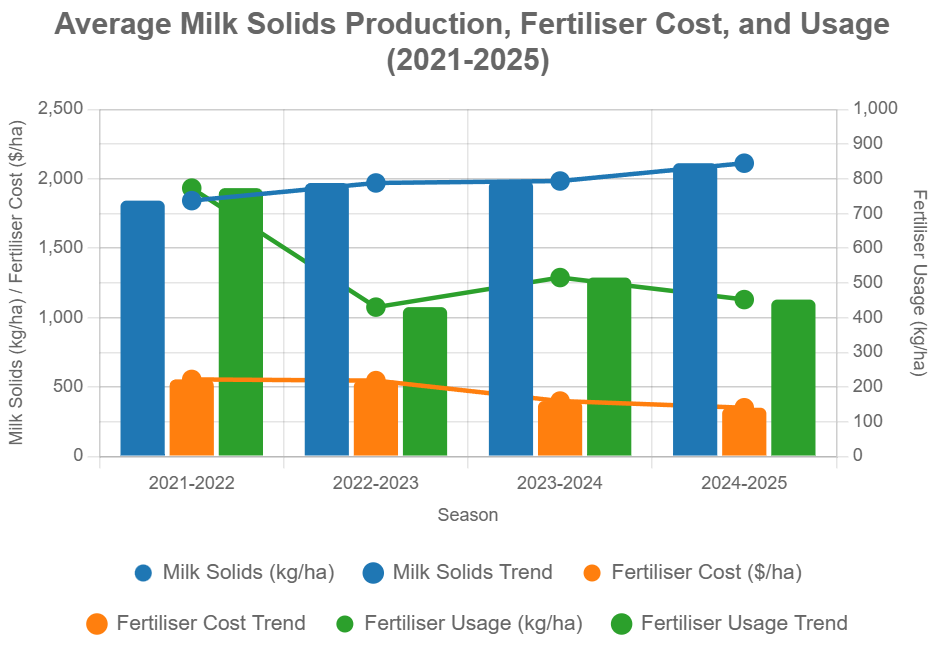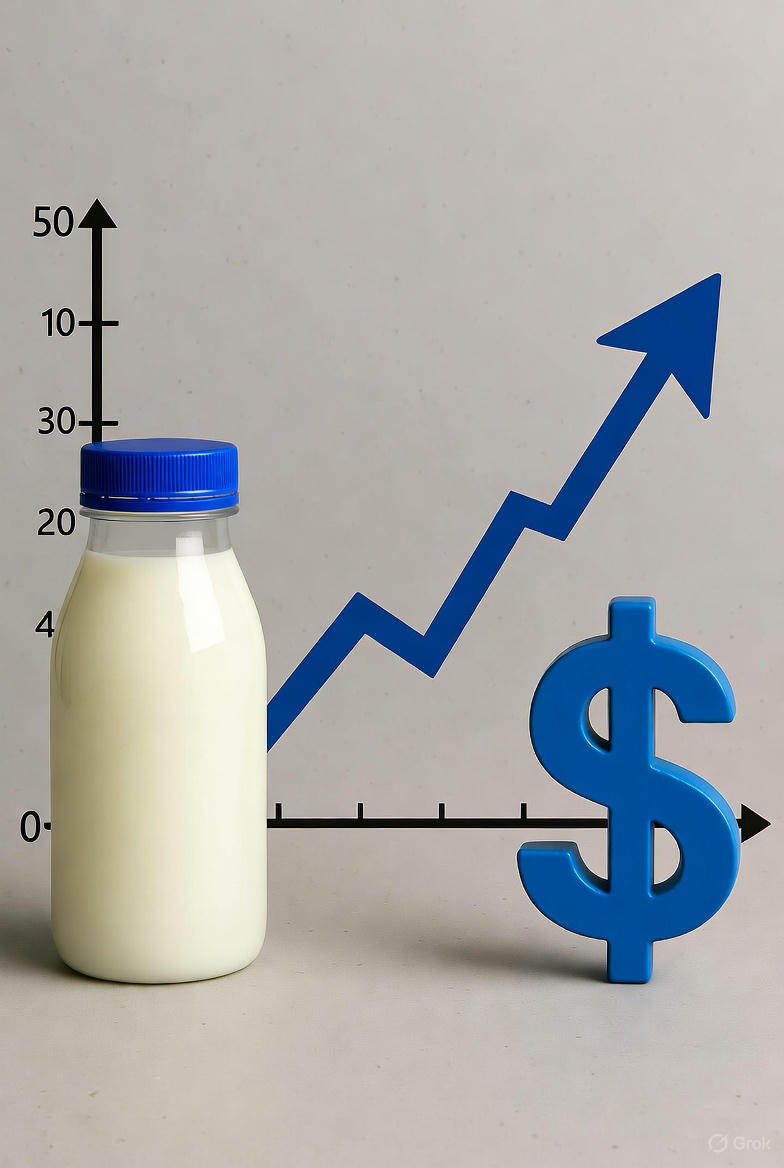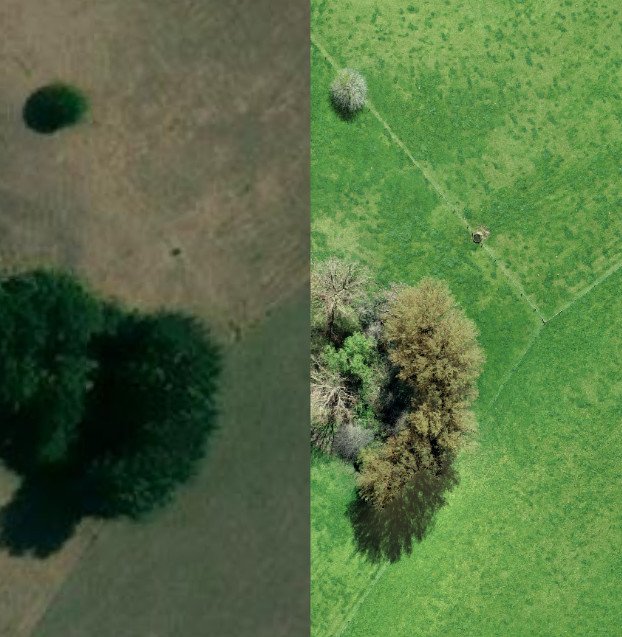At Revive Soil Solutions NZ, we’re dedicated to empowering New Zealand dairy farmers with cutting-edge tools to optimise pasture health and profitability. Fertiliser ranks among the highest variable costs on NZ dairy farms, and the traditional flat-rate application—while straightforward—often leads to inefficiencies. Over-application in low-potential areas or under-application in high-yield zones can leave money on the table. This is where Variable Rate Application (VRA) technology, a cornerstone of our precision farming approach, comes into play.
VRA, also known as precision fertiliser application, tailors nutrient management to match soil nutrient status, yield potential, moisture availability, and spatial variability across your paddocks. Instead of a uniform spread, it delivers inputs precisely where they’re needed most, enhancing efficiency and aligning with our commitment to sustainable dairy practices. However, adoption hinges on a key question: Does the return on investment (ROI) justify the extra effort, investment, and risk?
What Determines ROI in VRA Programmes?
To unlock the real profit potential of VRA, farmers must calculate ROI by balancing three critical factors:
- Input Savings:
- Reduces over-application in nutrient-rich zones, cutting waste.
- Yield Gains:
- Increases milk solids production in responsive areas with targeted nutrition.
- Minimises yield inconsistency by aligning fertility with zone-specific potential, ensuring consistent pasture quality across rugged NZ topography.
- Implementation Costs:
- Expenses for soil sampling to map nutrient variability.
- Costs for prescription map generation, software, and variable rate applicators.
- Fees for agronomic consultancy.
The formula is straightforward: ROI = (Yield Revenue Gain + Input Savings – Implementation Costs) ÷ Implementation Costs

A recent analysis of one of our anchor customers showcases the power of VRA. Across eight farms, spanning over 1,000 hectares and diverse dairy areas and soil types, we achieved consistent results:
- Milk Solids (kg/ha): Rose from 1,843 to 2,113, a 15% increase, driven by targeted nutrition in high-yield zones.
- Fertiliser Cost (NZ$/ha): Dropped from NZ$554 to NZ$350, a 37% reduction, due to reduced over-application.
- Fertiliser Usage (kg/ha): Decreased from 773 to 452, a 41.6% cut, aligning with VRA’s precision.
These gains highlight that yield revenue from increased milk solids, combined with input savings from lower fertiliser costs and usage, significantly outpace implementation costs over three seasons. Early adopters using our tailored soil sampling and prescription maps report ROI turning positive, with net gains often exceeding initial investments by the second year.
Does It Pay Off?
With VRA, the ROI is tangible: efficient use of product, lower environmental impact, and best use of budget. This approach not only boosts profitability but also supports sustainable farming practices, making it a win for both your bottom line and the land.



